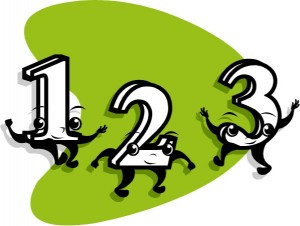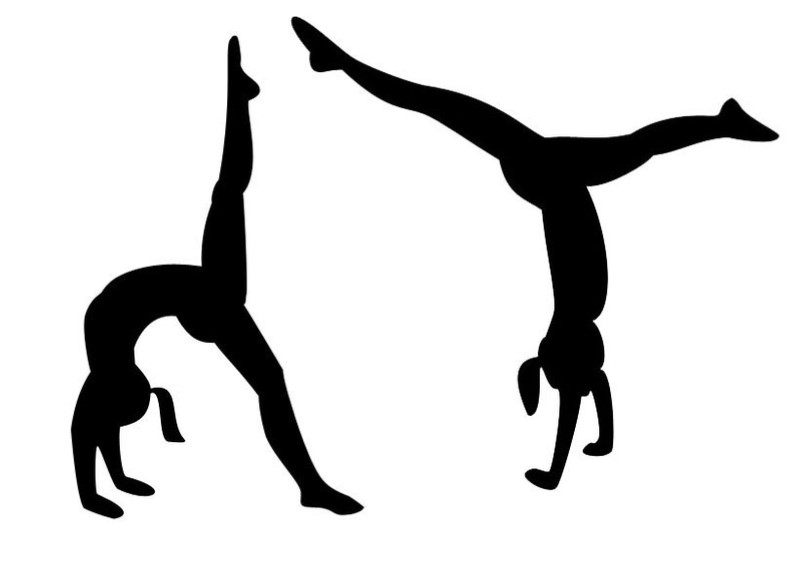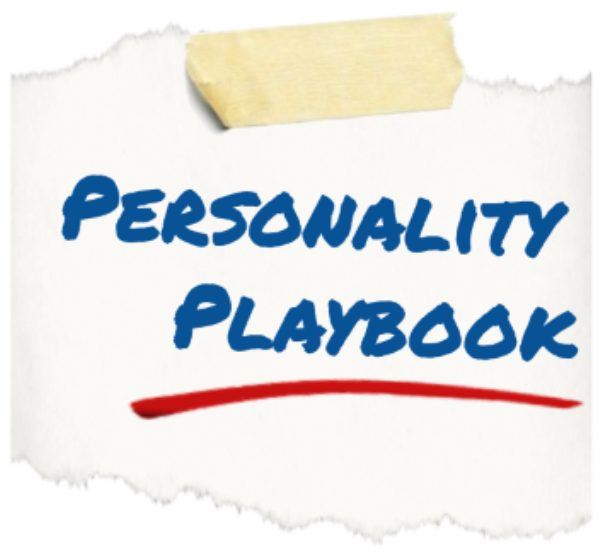
 If you have taken the MBTI® before, you undoubtedly know that the assessment provides you with a 4-letter code to describe your personality type, but did you know that other forms of the Myers-Briggs Type Indicator® can give you a more in depth look at your type, what makes you different from others of your type, and how you use your type in your current life? In fact, the 4-letter type code is only Step I of three steps of the MBTI®. Below are brief descriptions of the differences between Steps I, II, and III.
If you have taken the MBTI® before, you undoubtedly know that the assessment provides you with a 4-letter code to describe your personality type, but did you know that other forms of the Myers-Briggs Type Indicator® can give you a more in depth look at your type, what makes you different from others of your type, and how you use your type in your current life? In fact, the 4-letter type code is only Step I of three steps of the MBTI®. Below are brief descriptions of the differences between Steps I, II, and III.
| Step I | Step II | Step III |
|---|---|---|
| • Provides one of 16, 4-letter type codes, which describe aspects of an individual's personality that he or she is born with and remain with him or her throughout life. | • Provides one of the same 16 types as Step I, as well as facets which represent pieces of each preference and may change over the course of the individual's life. | • Provides a description of one of the same 16 types as Step I, while de-emphasizing the type itself, as well as statements describing how the individual is currently using his or her Perception and Judgment in day to day life. |
| • Describes individual types based on what is the norm of people with that type. | • Describes how a person of a particular type may vary from others of that same type, due to the fact that a person may have some facets that fit within his or her preference and some facets that fit his or her non-preference (ex. an Introvert with an Extraverted facet). | • Describes individuals in very specific and in depth ways, some of which match the person's best fit type and others of which may describe current life states or manifestations of type that are specific to the person. |
| • Assessment is comprised of 93 questions. | • Assessment is comprised of 144 questions, which include the 93 questions from Step I. | • Assessment is comprised of 226 questions, which include the 144 questions from Step II. |
| • If useful for individuals and groups to gain self-understanding and understanding of others that can be applied to team building, improved communication, adjustment to change, career guidance, normalizing behavior, and a variety of other areas. | • If useful for individuals and groups in all of the same ways as Step I, while providing a more individualized look at type and adding activities with facets can help people of different types find more common ground. | • Is useful for individuals, not as much for groups, seeking personal growth, in therapy, coaching, or leadership development, and it can help people identify areas where they excel and have room to improve. |
| • Can be administered by individuals who have completed the 4-day MBTI Certification course or meet the education requirements to administer the instrument. | • Can be administered by individuals who have completed the 4-day MBTI Certification course or meet the education requirements to administer the instrument (preferably with the addition of training in Step II). | • Can only be administered by professionals in the counseling or coaching field who have completed the 2 day, Step III Certification training program, of which there are currently approximately 70 in the world. |
| View Sample Step I Report | View Sample Step II Report | View Sample Step III Report |
Of course, there are some common threads between the 3 steps of MBTI®. First, all of the instruments can provide the individual taking them with a 4-letter type code. In addition, all of the assessments should be administered with an interpretation of results by someone who has been appropriately trained in the use of the corresponding instrument, and none of these assessments is available for free. Certainly, there are a number of assessments online that are free and claim to be Myers-Briggs assessments, but none of these assessments have undergone the research or meet the level of reliability or validity attained by the 3, genuine MBTI® assessments.
I encourage you to check out the sample reports of each step at the links above, as the these will go a long way in clarifying the descriptions given here. I also encourage you to post any questions you may have, below in the comments.
As always, thanks for reading!







Pingback: MBTI® Step II: The 40 Facets of the 16 Types | Personality Playbook